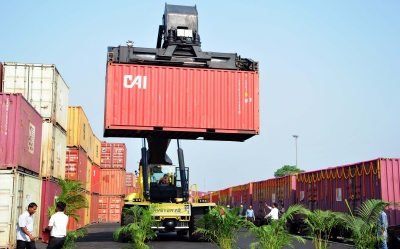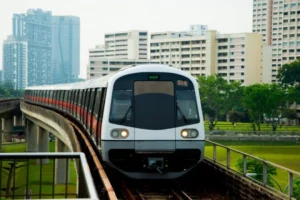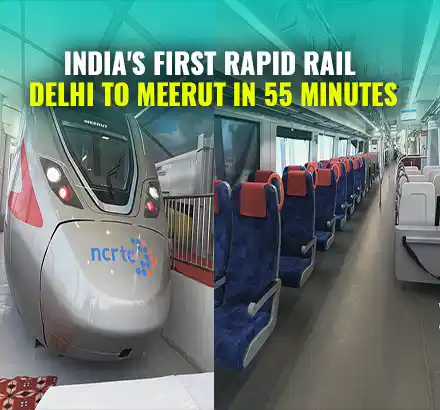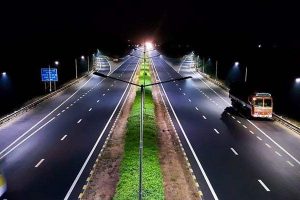India is now setting its focus on manufacturing its own containers even as global container freight costs showed signs of easing this year. The ongoing geopolitical uncertainties have amplified the need for India to have its own containers, especially as more than 90 per cent of the country’s trade is undertaken via maritime routes. A shortage of containers can significantly dampen the country’s growth prospects.
Not only does India need to build its own containers to keep up with the growth in economy and business activities, its existing fleet is ageing.
“We have seen how shortage of containers impacted India’s trade during the Covid times. It is therefore imperative to look at this aspect on an immediate basis. One of the key factors is providing easy logistics,” an industry watcher said.
Having homegrown shipping containers will reduce trade costs and lead to saving of foreign exchange.
China, currently, has the largest number of vessels and tankers.
Rupali Ghanekar, Economic Advisor at Indian National Shipowners’ Association, in an article published by Business World noted that although the country’s merchandise (EXIM) trade is on an uptick and rose by 12.23 per cent to $1161 billion in FY (financial year) 2023, India’s ranking in the global fleet-owning index slid to 19 this year from the previous year’s 18th position. This clearly reflects that India is largely dependent on foreign vessels for its marine trade.
According to Statista, a data portal, the year 2021 was marked by a steep increase in global freight rates, reaching a record price of about $10,400 in September 2021 amid the Covid 19 pandemic. However, in August 2023, the global freight rate index stood at a little over $1,700.
While this has provided India the much-needed relief, the Centre’s next focus is likely to be boosting manufacturing of containers, a move which is in sync with the “Aatmanirbhar Bharat” programme.
Prime Minister Narendra Modi while inaugurating the Global Maritime Summit said, “In the next decade, India will become one among the top-five shipbuilding and repairs nations of the world.”
India imports more than 80 per cent of its total oil requirements. And the bulk of this is routed through the sea. India’s energy demand is expected to rise further in the coming years.
“We cannot take chances given the ongoing turmoil in West Asia,” the industry leader said.
Data released by an RTI (right to information) query revealed that state owned oil companies alone paid “a whopping Rs 3,960.70 crore” in 2021-22.
“A proper roadmap and planning for capacity building is the need of the hour. Also, foreign shipping companies should be encouraged to set-up their base in India,” Ghanekar, in her article, pointed out.
India Seatrade News added that India’s current shipping fleet is in need of “urgent replacement” especially with the International Maritime Organisation setting new “green” standards.
While the Narendra Modi government has spruced connectivity within and outside India through the PM Gati Shakti programme, the next on the plate should be to own a sizeable shipping fleet, which will reduce dependence on other countries.
The government’s ‘Make in India for the world’ programme will be successful with the country having its own shipping fleet.



















